Culver's Root: The Perfect Companion Plant For Your Garden
Culver's root (Veronicastrum virginicum) is a tall, stately perennial that is native to North America. It is known for its delicate white flowers, which bloom in late summer. Culver's root is a versatile plant that can be used in a variety of garden settings, and it is also a valuable companion plant for other flowers and vegetables.
In this blog post, we will discuss the benefits of planting Culver's root in your garden, and we will provide some tips on how to care for this beautiful plant.
Benefits of Planting Culver's Root
There are many benefits to planting Culver's root in your garden. Here are a few of the most important ones:
- Attracts pollinators: Culver's root is a magnet for pollinators, such as bees, butterflies, and hummingbirds. This makes it a great choice for gardens that are designed to attract beneficial insects.
- Improves soil quality: Culver's root is a deep-rooted plant that helps to improve soil quality by breaking up compacted soil and adding organic matter. This makes it a good choice for gardens that are located in areas with poor soil conditions.
- Attracts beneficial insects: Culver's root also attracts beneficial insects, such as ladybugs and lacewings. These insects help to control pests in the garden, which can help to reduce the need for pesticides.
- Drought tolerant: Culver's root is a drought-tolerant plant, which makes it a good choice for gardens in dry climates.
- Easy to care for: Culver's root is a relatively easy plant to care for. It does not require a lot of water or fertilizer, and it is resistant to most pests and diseases.
How to Care for Culver's Root
Culver's root is a relatively easy plant to care for. Here are a few tips on how to keep your Culver's root healthy and thriving:
- Plant in full sun or partial shade: Culver's root prefers full sun, but it can also tolerate partial shade.
- Water regularly: Culver's root does not require a lot of water, but it should be watered regularly during the first year of growth.
- Fertilize lightly: Culver's root does not require a lot of fertilizer. A light application of compost in the spring will help to keep your plant healthy.
- Deadhead flowers: To encourage reblooming, deadhead spent flowers.
- Divide every few years: Culver's root can become crowded over time. To keep your plant healthy, divide it every few years.
Companion Planting with Culver's Root
Culver's root is a valuable companion plant for a variety of other flowers and vegetables. Here are a few of the best companion plants for Culver's root:
- Bee balm: Bee balm is a nectar-rich plant that attracts pollinators. It also helps to deter pests from Culver's root.
- Black-eyed Susan: Black-eyed Susan is a drought-tolerant plant that blooms at the same time as Culver's root. They make a beautiful combination in the garden.
- Echinacea: Echinacea is a medicinal herb that is also a good companion plant for Culver's root. It helps to repel pests and diseases.
- Goldenrod: Goldenrod is a tall, stately plant that blooms in late summer. It makes a good backdrop for Culver's root.
- Joe Pye weed: Joe Pye weed is a tall, flowering plant that attracts pollinators. It also helps to deter deer from the garden.
Conclusion
Culver's root is a beautiful and versatile plant that is a valuable addition to any garden. It is easy to care for, attracts pollinators, and improves soil quality. If you are looking for a new plant to add to your garden, Culver's root is a great option.
Culver's root (Veronicastrum virginicum) is a beautiful and versatile perennial that can be grown in a variety of settings. It's also a great choice for companion planting, as it can help to attract pollinators and beneficial insects to your garden.
Some of the best companion plants for culver's root include:
- Lead plant (Amorpha canescens)
- Heath aster (Aster ericoides)
- Shooting star (Dodecatheon meadia)
- Rattlesnake master (Eryngium yuccifolium)
- Flowering spurge (Euphorbia corollata)
- Sawtooth sunflower (Helianthus grosseserratus)
- Wild bergamot (Monarda fistulosa)
- Mountain mint (Pycnanthemum virginianum)
- Yellow coneflower (Rudbeckia hirta)
- Black-eyed Susan (Rudbeckia fulgida)
- Compass plant (Silphium laciniatum)
- Prairie dock (Silphium perfoliatum)
- Stiff goldenrod (Solidago rigida)
- Cordgrass (Spartina pectinata)
- Prairie dropseed (Sporobolus heterolepis)
- Golden Alexanders (Zizia aurea)
For more information about culver's root companion plants, please visit Gardenia Inspiration.
FAQ of culver's root companion plants
Q: What are good companion plants for Culver's root?
A: Culver's root is a tall, upright plant with showy flowers, so it's best to plant it with other tall plants that will provide a backdrop for its blooms. Some good companion plants for Culver's root include:
- Blazing star: This native wildflower has bright pink or purple flowers that bloom in the summer.
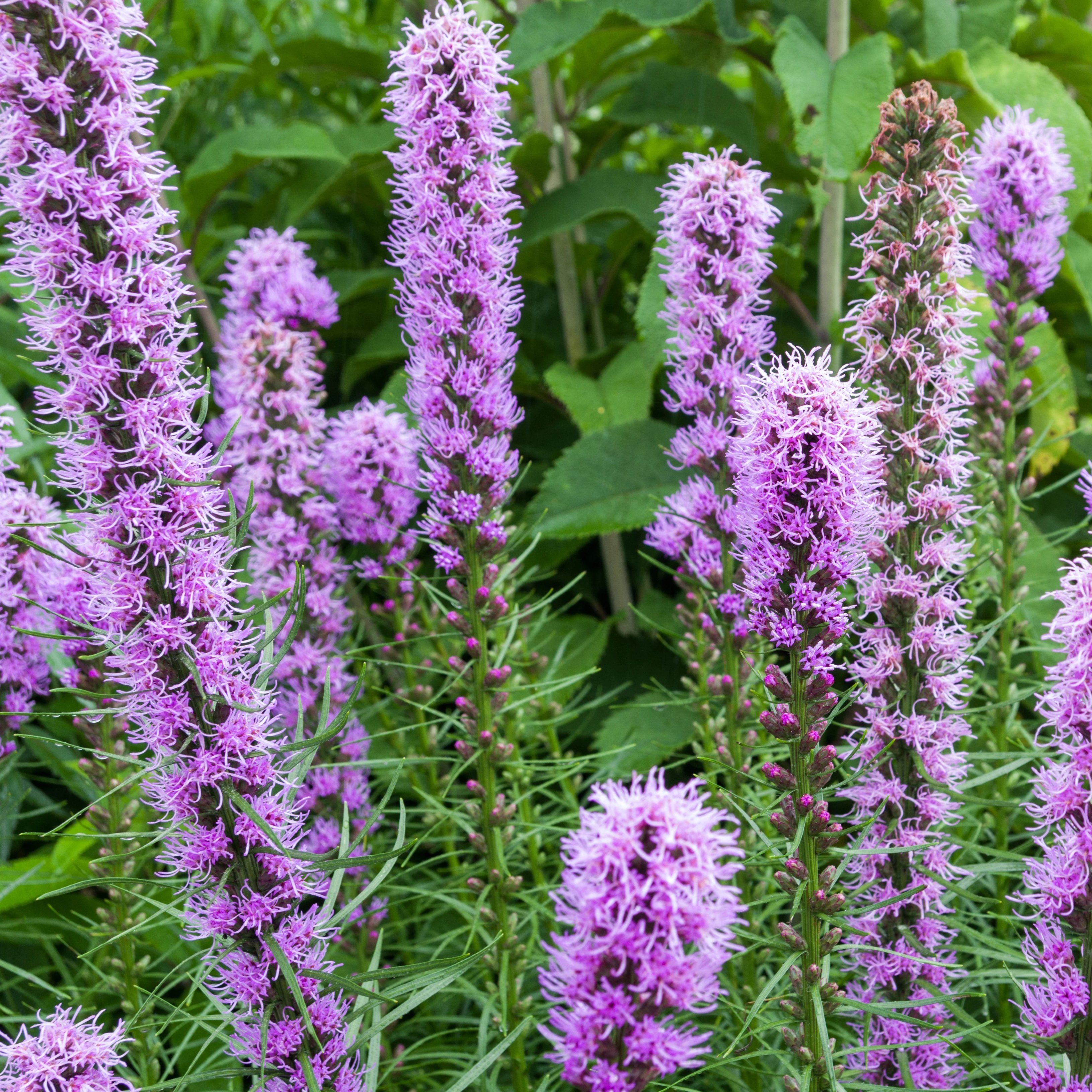
- Joe Pye weed: This tall, leafy plant has clusters of white or pink flowers that bloom in the summer.
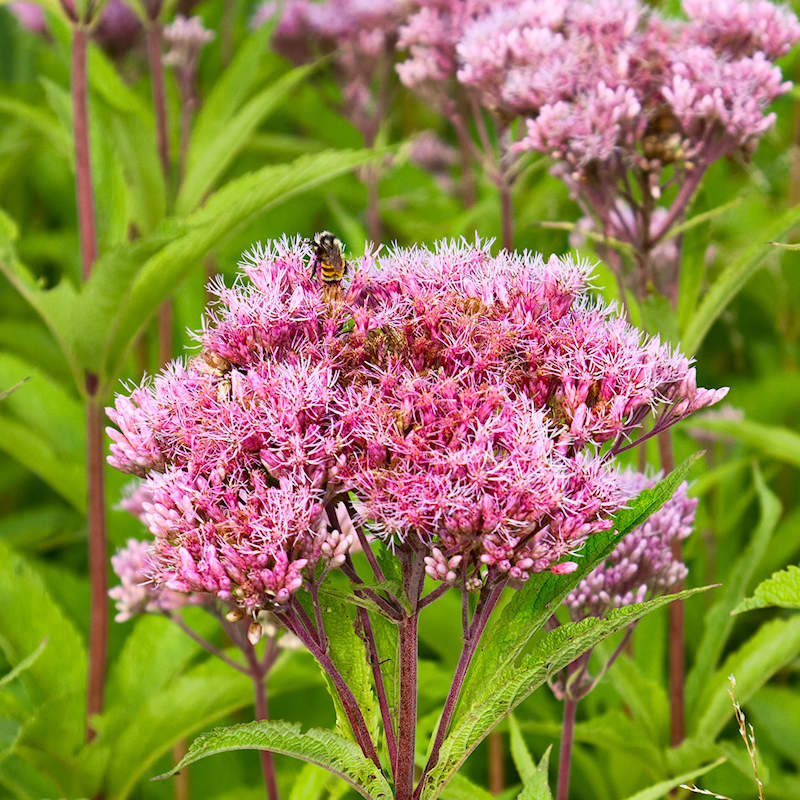
- Cup plant: This native wildflower has large, cup-shaped flowers that bloom in the summer.
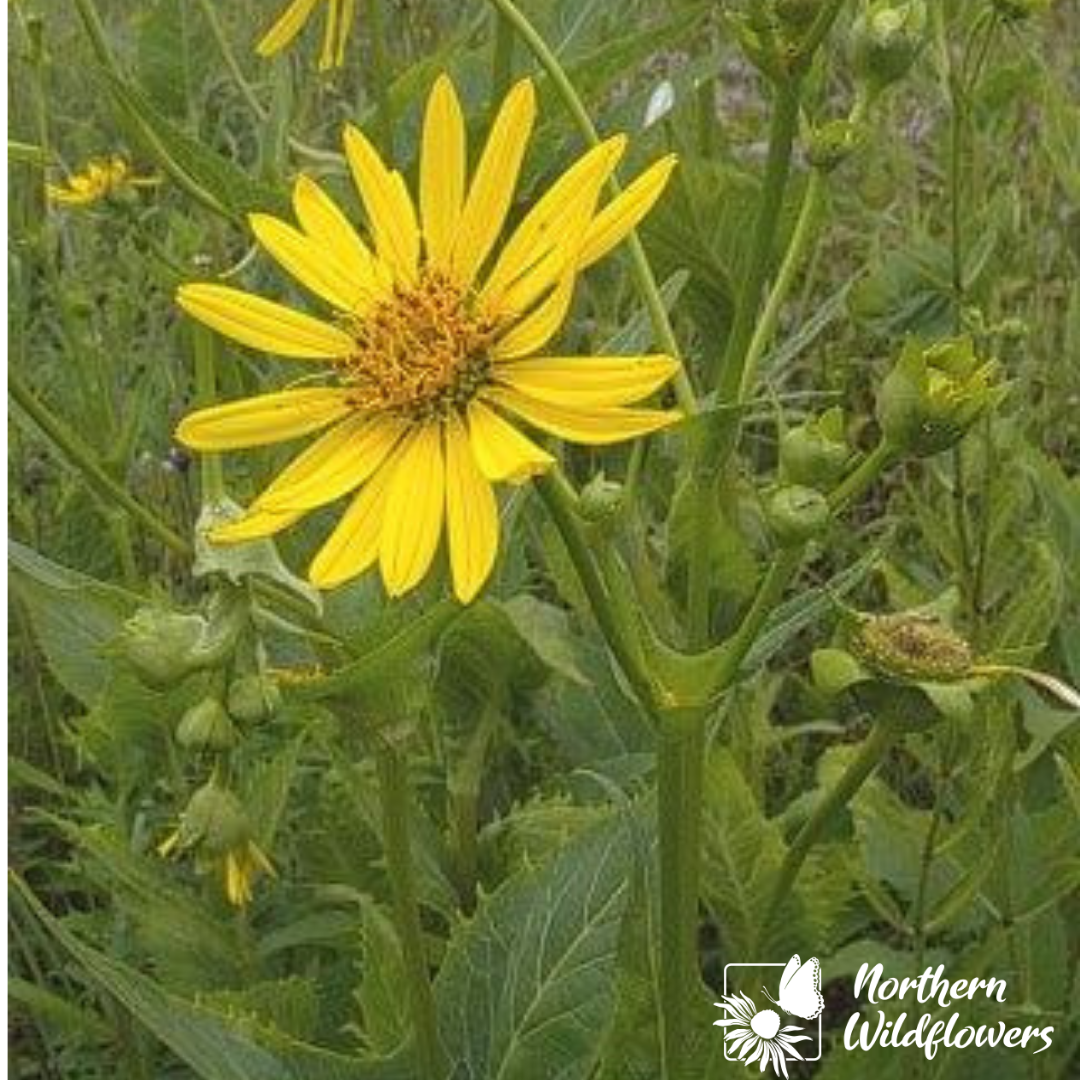
- Black-eyed Susan: This native wildflower has bright yellow flowers with black centers that bloom in the summer.
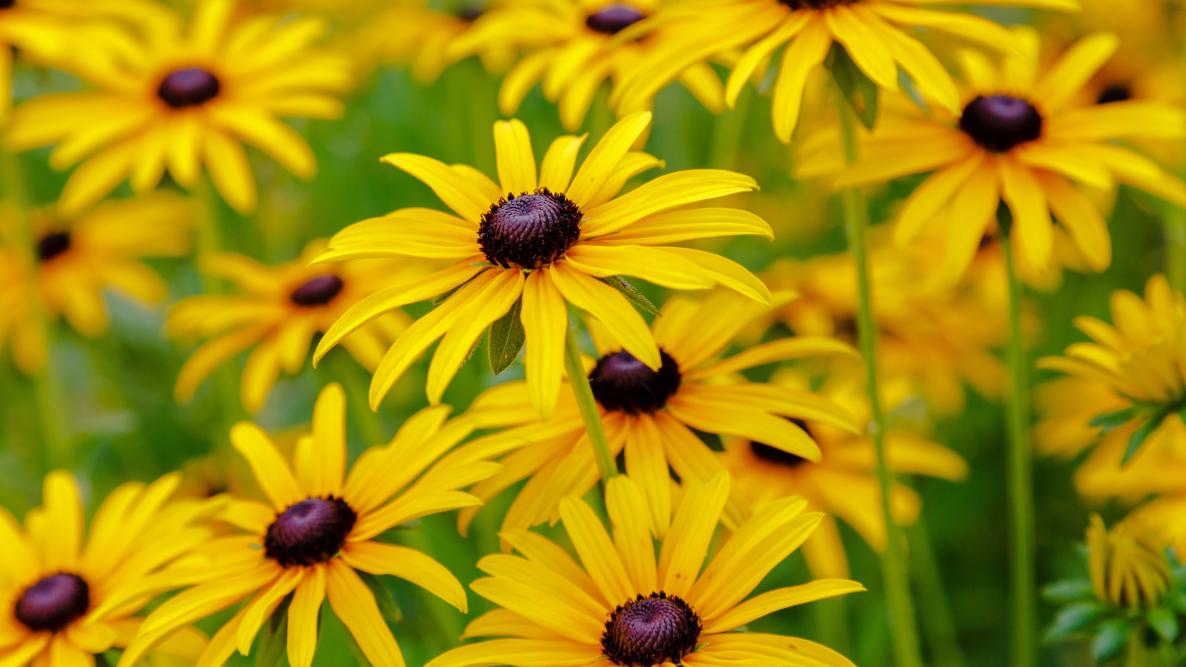
- Aster: This native wildflower has a wide variety of colors, including blue, purple, pink, and white. Asters bloom in the fall.
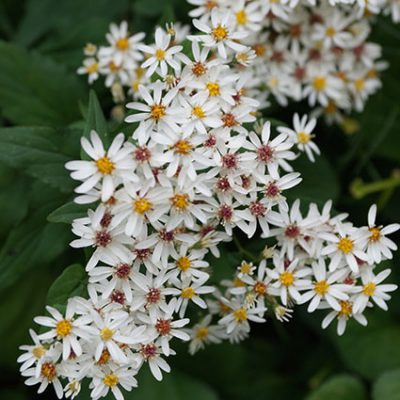
Q: How far apart should I plant Culver's root?
A: Culver's root can spread to a width of 3 feet, so it's important to space the plants accordingly. When planting in groups, space each plant approximately 3 feet apart on center.
Q: How do you propagate Culver's root?
A: Culver's root can be propagated by division or by softwood cuttings. To propagate by division, dig up a mature plant in the fall or early spring and divide it into several smaller clumps. To propagate by softwood cuttings, take 2-3 node cuttings in the late spring and root them in a pot of moist potting mix.
Q: What are the benefits of planting Culver's root with companion plants?
A: There are several benefits to planting Culver's root with companion plants. Companion plants can help to deter pests, attract pollinators, and improve the overall health of the Culver's root plant. For example, blazing star and Joe Pye weed can help to deter deer and rabbits, while asters and black-eyed Susans can attract butterflies and other pollinators.
Q: What are some common problems with Culver's root?
A: Culver's root is generally a low-maintenance plant, but there are a few common problems that can occur. These include:
- Leaf spot: This fungal disease can cause brown or black spots to develop on the leaves. Leaf spot can be treated with a fungicide.

- Root rot: This fungal disease can cause the roots of the plant to rot. Root rot is often caused by overwatering. To prevent root rot, water the plant deeply but infrequently.
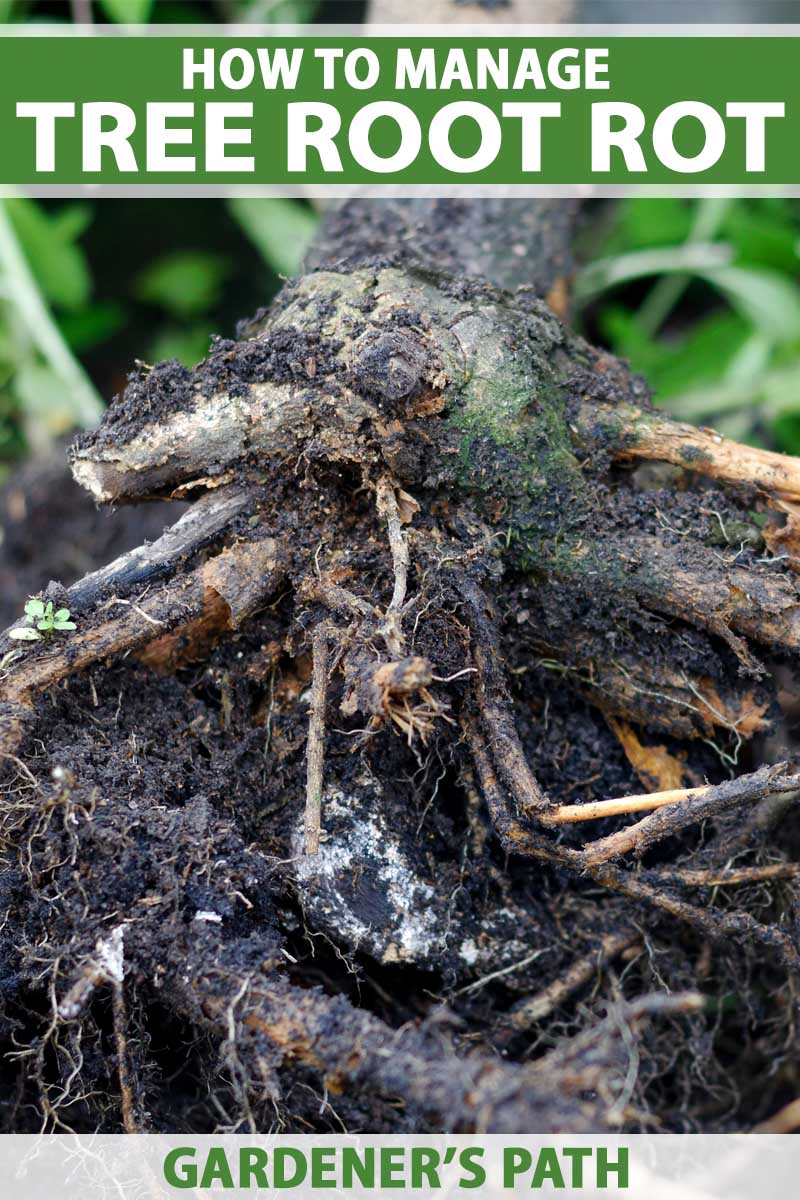
- Aphids: These small insects can suck the sap from the leaves of the plant, causing them to wilt and turn yellow. Aphids can be controlled with insecticidal soap or neem oil.

Image of culver's root companion plants
5 different images of "culver's root companion plants" from Pinterest:
- Culver's root and black-eyed Susans. These two plants complement each other well, as culver's root provides height and structure, while black-eyed Susans add color and attract pollinators.

- Culver's root and coneflowers. Coneflowers are another good choice for companion plants with culver's root, as they both prefer full sun and well-drained soil.
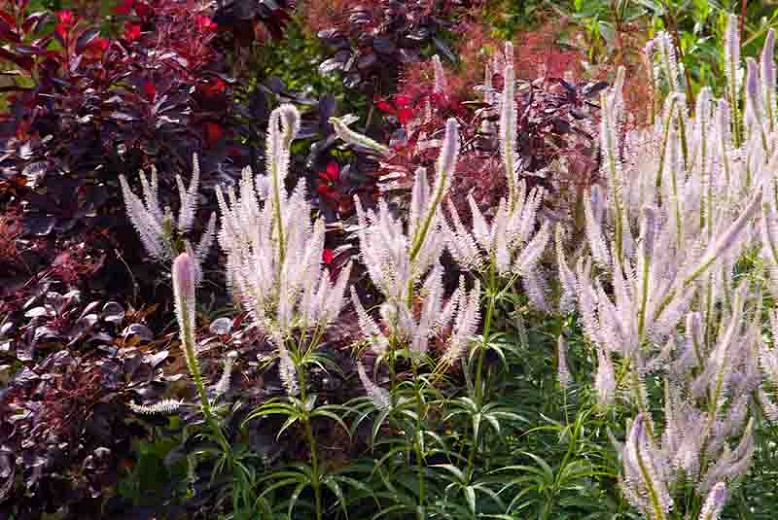
- Culver's root and yarrow. Yarrow is a versatile plant that can be used in a variety of ways, and it makes a good companion plant for culver's root because it attracts pollinators and helps to deter pests.

- Culver's root and butterfly weed. Butterfly weed is a native wildflower that attracts butterflies, so it's a great choice for companion plants with culver's root.

- Culver's root and milkweed. Milkweed is another native wildflower that attracts butterflies, and it also helps to control the population of monarch butterflies.

Post a Comment for "Culver's Root: The Perfect Companion Plant For Your Garden"